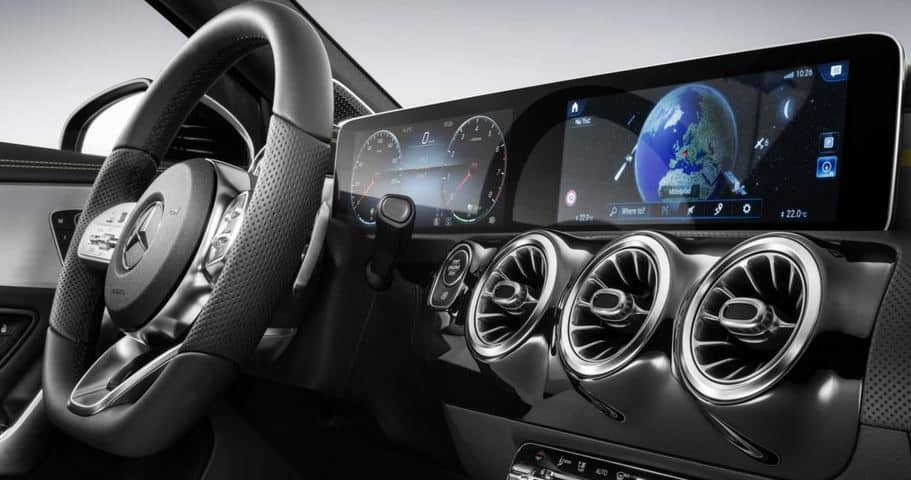 The global demand for automotive display systems is expected to continue a strong growth path in 2018, according to recent analysis from business information provider IHS Markit.
The global demand for automotive display systems is expected to continue a strong growth path in 2018, according to recent analysis from business information provider IHS Markit.
“While high resolution, large displays previously were reserved for luxury applications only, declining average selling prices and increasing consumer demand and production volumes are enabling mass-market car brands to standardize displays that were optional only a few years ago.”
According to the latest Automotive Display Systems Forecasts, OEM production of the three primary automotive display systems — instrument cluster, center stack and head-up display systems — is expected to reach 118.5 million units globally by the end of 2018, representing a 9 percent growth in volume over 2017. While the volume is growing significantly, the value of the market is growing even faster. In 2018, IHS Markit estimates just these three display systems to bring in $13.5 billion in tier-one supplier revenue, representing a 17 percent growth over 2017.
“In the quest for differentiation, automakers are using displays to transform vehicle interiors into a futuristic digital user experience with more pixels in front of consumers than ever before,” said Brian Rhodes, automotive user experience analyst at IHS Markit. “While high resolution, large displays previously were reserved for luxury applications only, declining average selling prices and increasing consumer demand and production volumes are enabling mass-market car brands to standardize displays that were optional only a few years ago.”
Demand for more displays in automotive applications is strong, but a major enabler to this growth comes from the supply chain. Large global display panel manufacturers in Asia have recently invested heavily in automotive display panel production in order to continue sales growth as display markets in other areas have slowed, such as smartphones and tablet PCs.
According to the latest Automotive Display Market Tracker by IHS Markit, global shipments of automotive display panels are set to increase by 11 percent reaching 164 million units in 2018, following an equally strong 9 percent growth in 2017, which had reached 148 million units.
These two IHS Markit forecasts are fundamentally linked, but also differ in that the shipment forecasts include additional volumes, applications and factors that the current OEM production-side forecasts do not.
“As vehicles adopt more technology, more new display use-cases become viable and new display applications are born,” said Hiroshi Hayase, senior director of small and medium displays at IHS Markit. “In addition to the strong growth in the primary display market, we also expect strong growth in display mirrors, rear seat entertainment and even in aftermarket systems as buyers clamor for more digital interfaces.”
As an example, global display shipments for rearview mirror applications are forecast to soar 52 percent in 2018 to 1.6 million units, beyond the 1.0-million-unit mark set just last year. While automakers are keenly aware of the growing demand in this sector, the aftermarket mirror manufacturers are responding quicker to the trend and represent a majority of today’s global production.
The IHS Markit Automotive Display Systems Forecasts provide customers with demand-side monthly updates to automotive instrument cluster, center stack display and head-up display system forecasts, tracked globally to the segment, OEM, brand, model, platform, and program. Coverage of tier-one suppliers and key technical characteristics like display system size, type, touch, orientation and more enabling a precise view of the volumes, technology and revenue market shares in the industry are also included. Meanwhile, the Automotive Display Market Tracker by IHS Markit contains supply-side quarterly updates of automotive display shipments and revenues by application, size, resolution and technology. It also provides supply chain information between tier-two display suppliers and the rest of the supply chain.